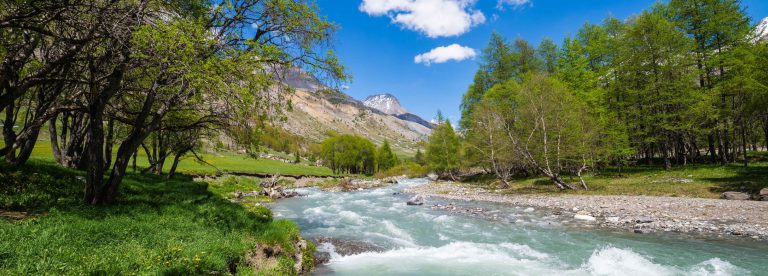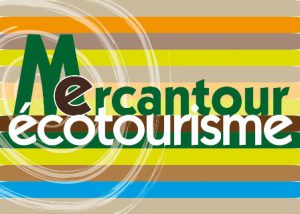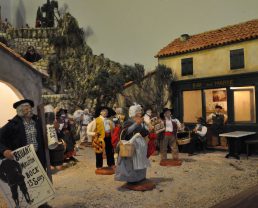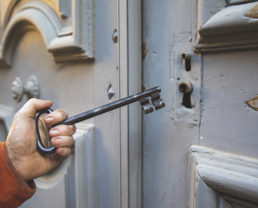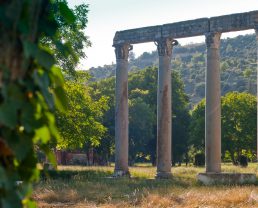Do you want to travel responsibly in unspoiled natural areas where the local population is an actor in the development of its territory?
You have come to the right place! Welcome to the Alpes de Haute Provence, a land of authentic natural, cultural and heritage wealth where the smell of lavender blends with the pure mountain air of the Southern alps!
What is ecotourism?
Ecotourism in the Alpes de Haute-Provence is a form of tourism for those interested in discovering nature and exploring a different lifestyle.
Ecotourism is based on the three great pillars of sustainable development: society, economy and the environment: and of course tourism enthusiasts. It must enable the development of local jobs, be a medium for economic valorisation and promote and protect the environment in which it is carried out.
This involves the reconciliation of environmental protection and tourism development.
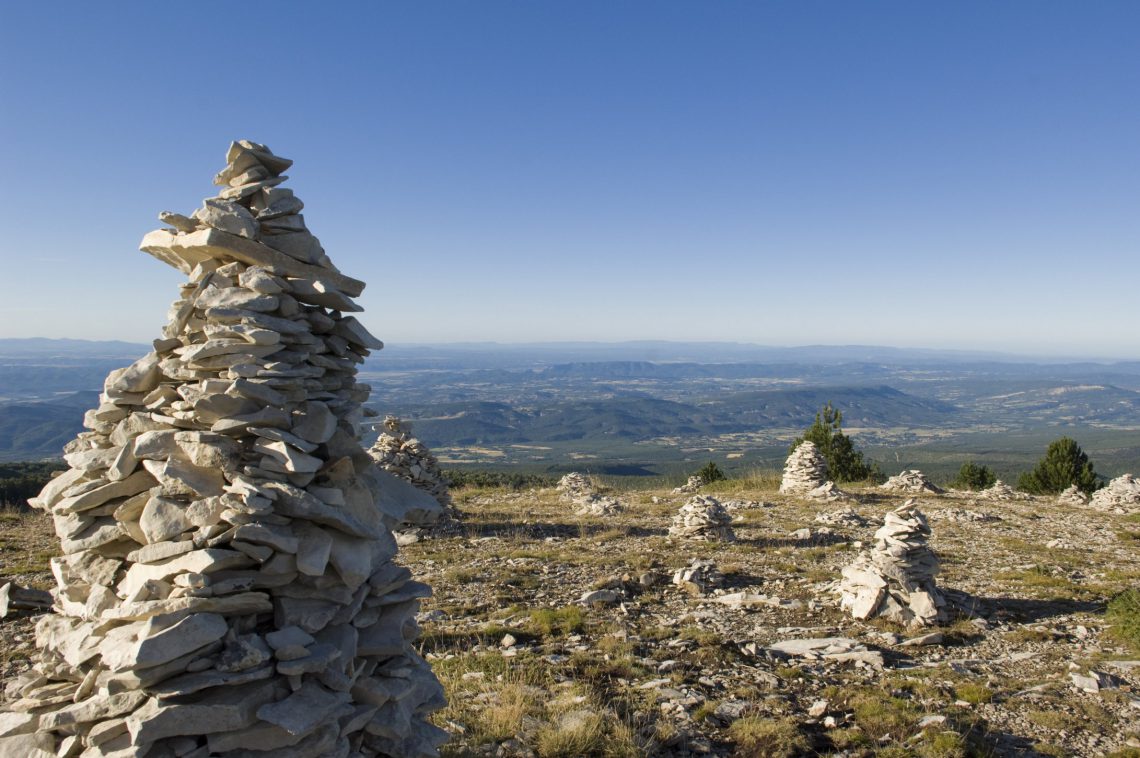
Our natural areas
With the Mercantour National Park, the two Natural Regional Parks: Luberon and Verdon, the Natural Geology Reserve of Haute-Provence which is listed as the biggest in Europe, and the UNESCO Geopark of Haute-Provence, the UNESCO Geopark of Luberon, the Réserve de biosphère Luberon-Lure, the department of the Alpes de Haute-Provence can be considered as the “green lung” of the Région Sud Provence Alpes Côte d’Azur.
The variety of its landscapes and its wildlife and the transition from a Mediterranean to a mountain environment, are also assets to enhance when joining an ecotourism sector.
Ecotourism in Sud Provence-Alpes-Côte d’Azur région : https://provence-alpes-cotedazur.com/decouvrir/espaces-naturels/

A rich and unique biodiversity
With almost 2,800 species of plants, the department is one of the richest in France in terms of biodiversity. There are also a large number of animals, most of them insects, including butterflies (208 species of diurnal butterflies out of the 260 listed in France!).
Pastoralism is still very much present in the department and helps to maintain the open areas without damage to the plant cover. It therefore protects the habitats of remarkable reptiles, bats and birds.

How can I recognize the professionals committed to the “ecotourism” approach”?
To help you make the right choices, here are the approvals which have been set up to help you recognize the offers and products which respect the environment.
Mercantour Ecotourism Association
An association which groups together a network of accommodation providers, farmers, mountain leaders, craftsmen, artists and Mercantour National Park partners around the 7 commitments of ecotourism, recognized by the European Charter for Sustainable Tourism.
Find more about: Mercantour Ecotourism Association.
Association Agir pour un Tourisme Responsable (ATR) (Acting for Responsible Tourism)
An association of professionals committed to the respect for people, their cultures and their territories, specifically via the “Ethical Charter for Travellers”.
Find more about: www.tourisme-responsable.org
ISO 14001 Standard
Defines a series of specific requirements for the implementation of an environmental management system within an organisation.
Find more about: www.iso.org

 " />
" /> 
